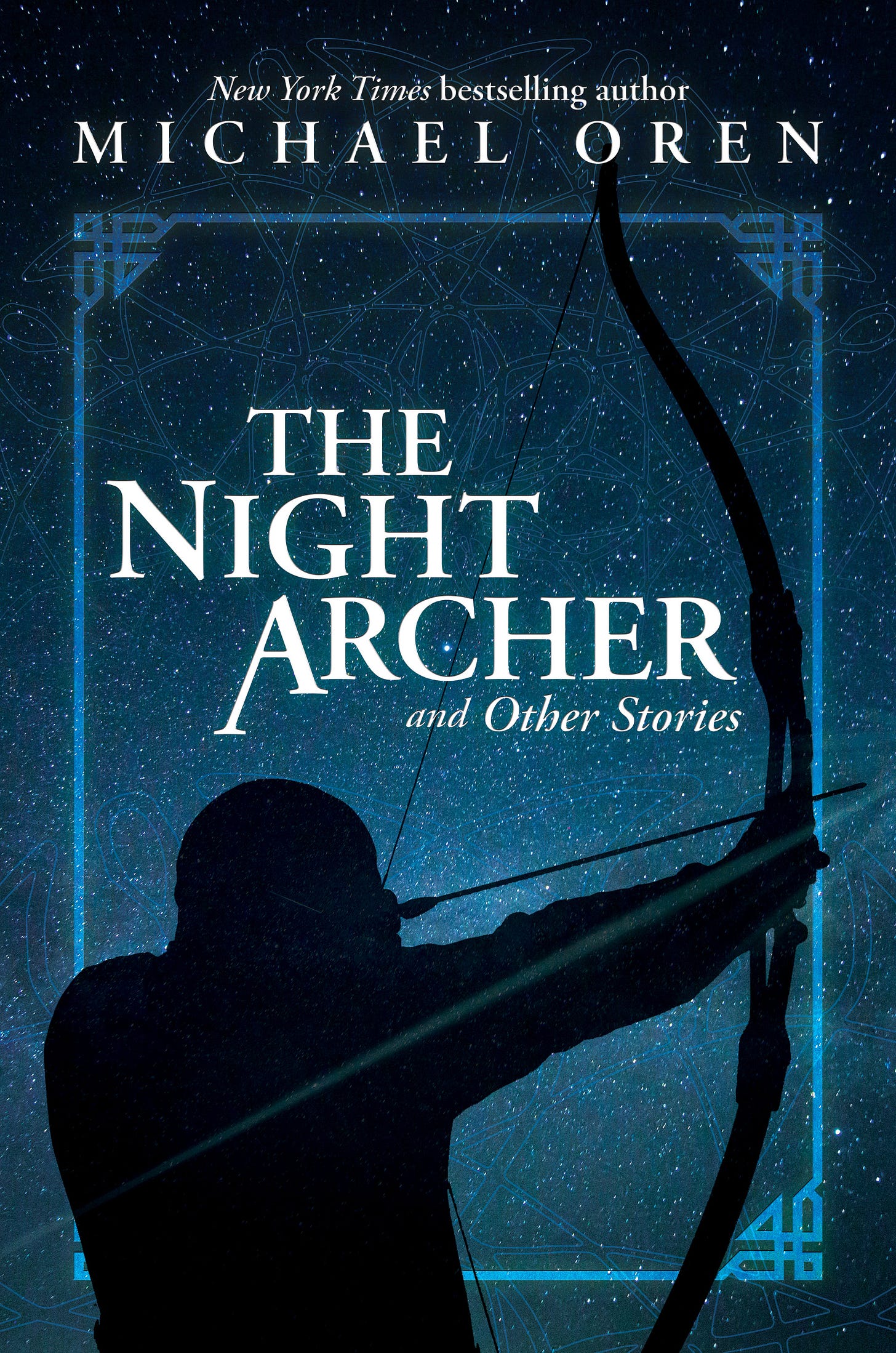My ani ma’amin—about the connection between creativity and limitations, between freedom and law
I am committed, as always, to bringing you the most up-to-date and clear-eyed insights into the fateful issues facing Israel and the Jewish people today. Occasionally, though, I’d like to invite you to step outside our current challenges and join me in a thought piece—about music, human relations, and literature. I’d like to do so now by sharing with you my thoughts—my ani ma’amin—about the connection between creativity and limitations, between freedom and law.
It’s strange, reading today, five years after its publication, the introduction to my short story collection The Night Archer. Strange, because the events of the past half-decade——COVID and the Middle East war—fly in the face of the introduction’s theme of freedom. For much of that period, I was either confined to my apartment or consigned to its safe room. Defending Israel diplomatically and in the media left little time for imagination or taste for the belletristic.
Yet, on further reflection, the forward is all the more meaningful in light of the limitations that followed. After all, my thesis is that true freedom is impossible without law—a lesson our people learned at Sinai and then gifted to half of humanity. Fiction in general, I argue, and short fiction especially, are inherently Jewish—what is the Torah but a collection of sketches, epics, and novellas?—infused with what I call the freedom-limit paradox.
The revelation is not, of course, entirely unique. Tolstoy’s hero, Pierre Bezukhov, in War and Peace, and Anwar Sadat in his memoir, In Search of Identity, both concluded that they were never so free as when they were imprisoned. The late Israeli novelist Amos Oz once likened writing to stepping hard on the gas and hard on the brakes at the same time. But the Night Archer’s introduction stresses the Jewish origins of the idea and its relevance to Israel. It’s about the paradox’s impact on my own artistic and Zionist life.
How much greater has that influence become during the last five years of restriction? The Night Archer contains fifty short stories and, since its publication, I’ve written nearly fifty more. They’re posted, one story each month, on my second Substack, called The Memory Man. Read them and recall that there is indeed no true freedom without law and no creativity without constraint.

Night Archer Introduction
Wicked Son, Published 2020
Coming home from school one day when I was twelve, sitting at my desk and pulling out pen and paper, I suddenly discovered freedom. It came in the form of a poem, “Who cries for the soul of the pigeon?” What freedom! But while reveling in it, I also encountered a truth. That poetry was not a ramble of unbridled thoughts, but a vision bound by structure, meter, and rhyme. Real freedom, I internalized even then, was only attainable through limits.
That paradox has generated friction, even conflict, throughout much of recorded history and is still destabilizing today. But controversy cannot detract from the timeless need to counterbalance liberty with law. Overly fettered freedom is tyranny, but untethered freedom is chaos. And as in society, so, too, it is with art. A symphony, a novel, or a sculpture becomes transcendent precisely by remaining within its framework, its tempo, genre, and space.






